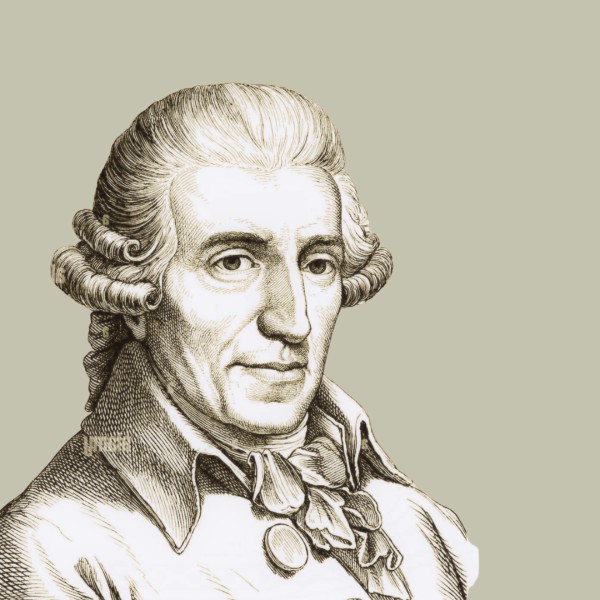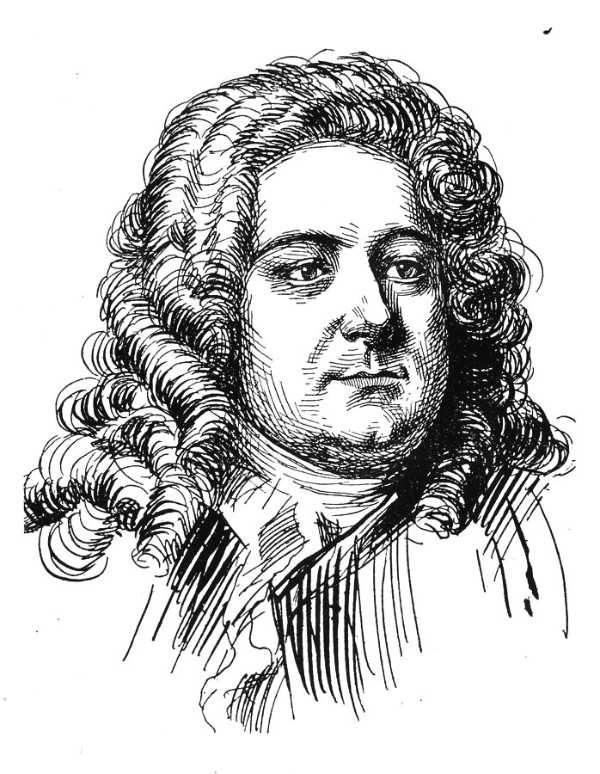In the glittering world of the 19th-century violin virtuosi, few shine as bright as Henryk Wieniawski (1835-1880). A prodigy of astonishing technical command and emotional depth, Wieniawski was more than a dazzling performer; he was a composer whose works bridged the fiery brilliance of Paganini with the melodic warmth of the Romantic soul.
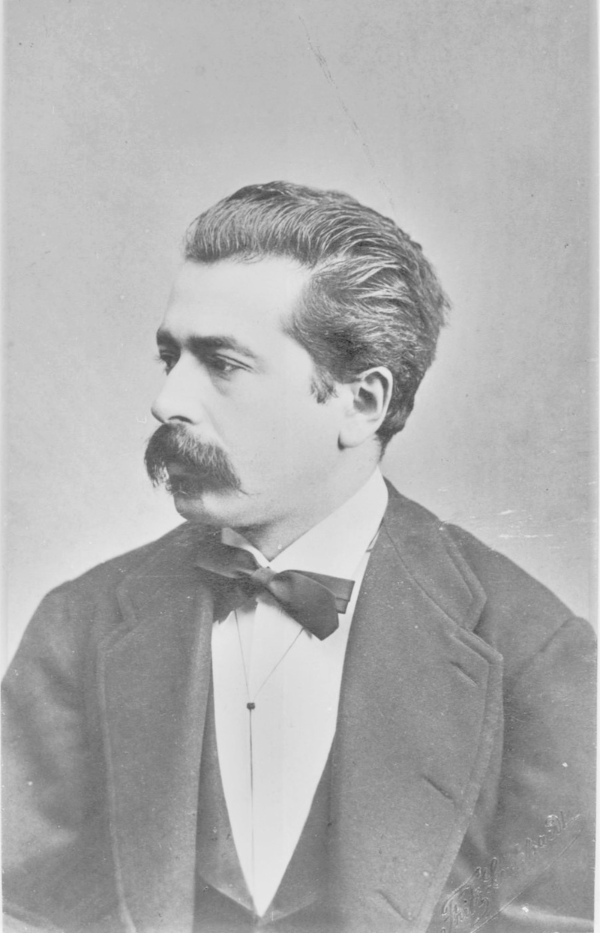
Henryk Wieniawski
Born in Lublin, Poland, on 10 July 1835, Wieniawski entered the Paris Conservatoire at the unprecedented age of eight. He subsequently launched a career that would take him across Europe and Russia as one of the era’s most celebrated violinists.
Wieniawski was more than a musician, as he helped to shape the identity of the Romantic violinist. He was not simply a virtuoso performer but a storyteller and an ambassador of national spirit.
Beneath the bravura, Wieniawski had a deep connection to his Polish heritage, which infused his music with folk-inspired rhythms and a delightful poetic melancholy. To celebrate his birthday on 10 July, let’s feature 10 of his most electrifying works.
Henryk Wieniawski: Kujawiak in A minor
Violin Concerto No. 2
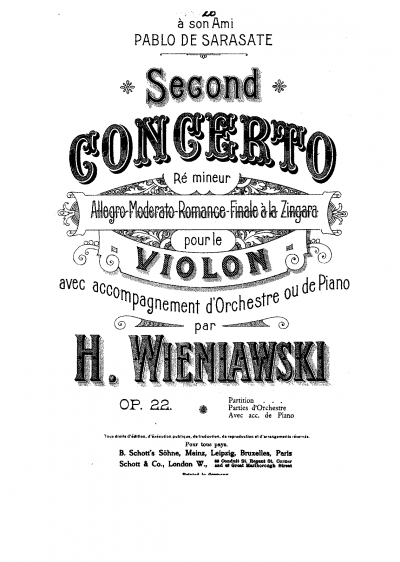
Henryk Wieniawski’s Violin Concerto No. 2
Written in 1862, the 2nd Violin Concerto by Henryk Wieniawski is a heart-pounding masterpiece that feels like a love letter to the violin. The work grabs you from the very first note, blending raw emotional depth with the kind of technical wizardry that leaves audiences gasping.
Wieniawski knew how to make the violin sing, and he kept tossing in dazzling runs and double-stops that demanded both swagger and precision. It’s not just a concert but a high-wire act that keeps you on the edge of your seat.
The real magic happens in the second movement, where bravado is traded for breathtaking intimacy. Here, the violin sings a melody so achingly beautiful it could melt the coldest heart, weaving a spell of quiet yearning that feels like a private confession. And as you might expect, the final is a Polish folk-inspired dance full of infectious energy and foot-stomping rhythms.
Polonaise de Concert No. 1
Composed in 1853, the Polonaise de Concert is a dazzling burst of Polish pride and violin pyrotechnics. It’s a high-flying celebration that channels the stately swagger of the polonaise, Poland’s iconic national dance, into a whirlwind of virtuosic flair.
From the opening bars, the violin struts in with bold, rhythmic flourishes, like a dancer commanding the stage. Wieniawski was barely out of his teens when he wrote this irresistibly catchy melody, and there are plenty of sparkling runs, daring leaps, and shimmering harmonics to make any violinist sweat.
The genius of this Polonaise lies in how it balances grandeur with pure fun. Wieniawski infuses the stately rhythm with a playful edge, tossing in lightning-fast scales and jaunty phrases that practically wink at the audience. However, the violin is clearly in charge, weaving through the piano’s robust support with a mix of elegance and fiery energy.
Capriccio-Valse
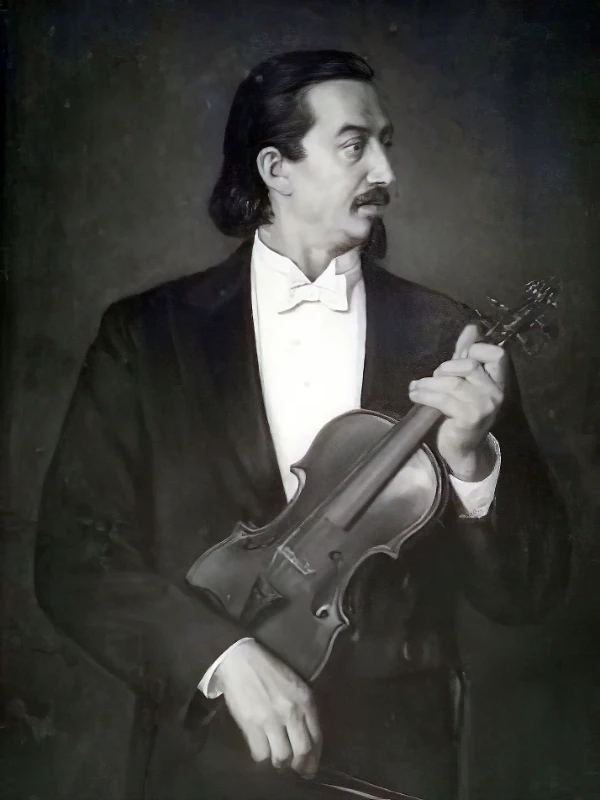
Henryk Wieniawski
The Capriccio-Valse in E major, Op. 7, composed in 1854, isn’t your average waltz. It is a sparkling and virtuosic romp that takes the violin on a joyride through cascades of shimmering notes and playful flourishes. From the first breezy melody, Wieniawski sets a mood that’s equal parts elegance and impishness.
The violin spins out dazzling runs and delicate harmonics that seem to float effortlessly, as if he had distilled the charm of a Viennese ballroom and added some high-octane Polish zest. What makes the Capriccio-Valse so infectious is its blend of grace and cheeky bravado.
Wieniawski keeps the waltz’s lilting rhythm but dials up the energy with rapid-fire passages and unexpected twists. The violin glides, leaps, and pirouettes through the music, tossing off glittering arpeggios and sly little slides. It’s Wieniawski at his most carefree, crafting a piece that’s less about deep introspection and more about the sheer joy of making the violin sing and sway.
Henryk Wieniawski: Capriccio-Valse in E Major, Op. 7 (Aaron Rosand, violin; Hugh Sung, piano)
Scherzo-Tarantelle
If you are looking for a high-octane Wieniawski joy ride, look no further than the Scherzo-Tarantelle composed in 1855. This piece is Wieniawski at his most electrifying, channelling the wild and relentless energy of the tarantella into a virtuoso showcase.
This southern Italian dance was said to cure spider bites, and from the very beginning, the violin launches into a breakneck sprint, spitting out rapid-fire notes and skittering rhythms.
It’s a relentless, foot-stomping romp that demands a violinist with nerves of steel and fingers of lightning.
For all its manic energy, however, the piece also has some sly charm as Wieniawski weaves in moments of lyrical sweetness. The interplay with the piano adds a playful spark, and every phrase crackles with intensity, from the fiery double-stops to the whirlwind scales that seem to defy gravity.
Légende
Maybe you are looking for a world of tender romance and simmering drama? If so, Wieniawski’s Légende is the ticket. Here, the composer trades bravado for a soulful narrative that feels like a whispered love story.
The violin unfurls a melody so achingly poignant it could actually stop time. And just listen to the delicate tapestry of longing and intimacy. The piece does build with subtle intensity, the lyrical lines swelling into moments of heart-pounding passion.
What makes Légende so captivating is its ability to balance vulnerability with a quiet fire. The violin sings with almost vocal expressiveness, gliding through tender phrases that feel like a lover’s confession, only to surge into dramatic, soaring passages that demand technical finesse. It’s like a fleeting dream, intimate, intense, and utterly unforgettable.
Polonaise Brillante No. 2
Wieniawski’s 2nd Polonaise is a majestic piece that commands the stage with all the grandeur of a Polish nobleman. Once again, Wieniawski is flexing his love for Poland’s iconic dance, but this one is far bolder and more seasoned than the earlier Polonaise de Concert.
The violin immediately commands attention with proud and rhythmic flourishes, while the soaring melodies feel like a call to celebration. It is a dazzling blend of regal poise and technical acrobatics, packed with blazing runs and sparkling thrills.
This work is a mix of pomp and infectious energy as Wieniawski infuses the stately dance rhythm with a vibrant, almost defiant spirit. Yet, amid the bravura, there is a touch of Wieniawski’s signature charm as the playful flourishes and lyrical asides give the piece a warm and human pulse.
Fantaisie Brillante on Themes from Gounod’s Faust
In 1865, Wieniawski composed a theatrical rollercoaster by transforming the lush melodies of Gounod’s opera Faust into a violin showcase. It’s not just an everyday medley as Wieniawski dived into a parade of themes ranging from sultry romances to devilish intensity.
This Fantaisie is a masterclass in storytelling, balancing operatic passion with Wieniawski’s knack for showmanship. He picked Gounod’s most irresistible melodies and dressed them in a virtuosic flair featuring rapid-fire arpeggios, silky smooth legato, and fiery double-stops.
The piano actually sets the stage, but it’s the violin that soars, seduces, and swaggers through each scene. It’s a piece that’s as much about theatrics as it is about technique, with every phrase evoking the opera’s romance and intrigue; it’s simply electrifying.
Etudes-Caprices
When we talk about electrifying, we cannot forget the Etudes-Caprices Op. 18. They are a thrilling set of eight duos for two violins that blend technical wizardry and musical mischief. Don’t get me wrong, they are not just exercises but electrifying musical conversations where each violin pushes the other to new heights of virtuosity and expression.
Wieniawski was a master showman, crafting these pieces to challenge performers with dazzling runs, intricate counterpoint, and playful exchanges. Each etude has its own personality, from lyrical laments to frenetic dances, making the set a kaleidoscope of excitement.
The fourth etude, for example, is a standout with its relentless energy and subtle interplay, where the violins trade lightning-fast scales and spiky rhythms like duelling fencers. The entire set demands precision and bravado, with occasional moments of tender lyricism.
Henryk Wieniawski: Etudes-Caprices, Op. 18 (Steven Staryk, violin)
Souvenir de Moscou
Wieniawski’s fiery love letter to Russian folk music is served up in his Souvenir de Moscou.
This piece is a vibrant fantasy that takes two soulful Russian melodies and spins them into a whirlwind of passion and technical bravado.
From the opening bars, the violin dives into a rich, mournful tune, dripping with Slavic melancholy before erupting into a dazzling display of rapid scales, bold double-stops, and shimmering harmonics. Wieniawski is channeling the spirit of a Russian tavern and a wild ride across the steppes into a single exciting movement.
It’s an electrifying blend of raw emotion and relentless energy as Wieniawski doesn’t just borrow Russian themes but transforms them with his own brand of fiery intensity.
Moments of tender lyricism give way to breakneck runs that capture the heart and heat of Russia through a Polish lens.
Violin Concerto No. 1
Let’s conclude our playlist of the 10 most electrifying showstoppers with Wieniawski’s Violin Concerto No. 1. It is a bold and youthful explosion of virtuosity and Romantic fervour. Written when Wieniawski was barely 17, this concerto is a fearless declaration of his prodigious talent.
It is packed with jaw-dropping technical demands, but the heart lies in its lyrical second movements. It’s like a tender prayer that showcases Wieniawski’s genius for spinning soulful and singing lines.
The last movement is a relentless, dance-infused romp, bursting with rhythmic drive and dazzling flourishes that feel like a victory lap. Less polished than his 2nd Concerto, this work’s raw energy and unbridled ambition nevertheless make it a thrilling ride.
Conclusion
Henryk Wieniawski was a master of the violin who crafted works that push performers to their limits with electrifying runs, daring leaps, and intricate flourishes, all while weaving melodies that pulse with Romantic longing and Polish soul. His music marries technical brilliance with raw emotion, and his artistry is a dazzling tapestry of virtuosity, passion, and musical genius.
For more of the best in classical music, sign up for our E-Newsletter

